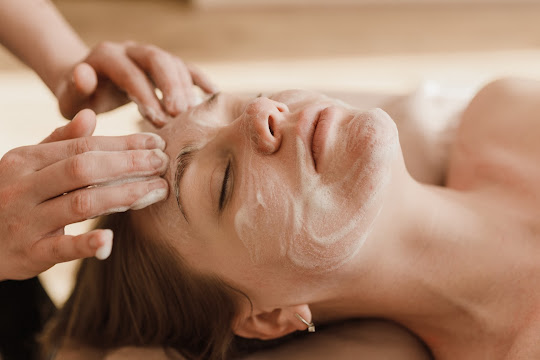Top 5 Types of Skin Surgery
Skin surgery is a popular skincare treatment in California and elsewhere that is performed routinely by dermatologists and plastic surgeons, who predominantly utilize local anesthesia. The various types of skin surgery include the following which are the top types at present:
1.Skin Biopsy
A skin biopsy happens to be the removal of a sample of skin. Normally, it is done with the help of a local anesthetic injection into the skin to desensitize the area. The injection stings temporarily. After the completion of the process, a stitch or dressing may be applied to the site of the biopsy.
A skin biopsy is essential as part of the diagnostic process. The extra information available from the biopsy can help to figure out the diagnostic clues that are invisible to the naked eye.
Types of Skin Biopsy
Punch Biopsy- The punch biopsy is usually the most effective type of biopsy in any skincare clinic in California or elsewhere. It can be performed faster, is convenient, and produces only a small wound. It develops a full-thickness sample of skin that lets the pathologist have a good overview of the epidermis, dermis, and most of the time, the subcutis too.
A disposable skin biopsy punch is applied. it features a round stainless-steel blade ranging from 2–6 mm in diameter. The 3- and 4-mm punches are the most widely applied sizes. The clinician will hold the instrument perpendicular to the anesthetized skin and rotate it for piercing the skin. With the help of forceps and scissors, the skin sample is removed ultimately.
A suture may be applied to close a punch biopsy wound or help to regulate bleeding. If the wound is minor, it may sufficiently heal without it.
Shave Biopsy- A shave biopsy may be utilized when the skin lesion is cursory, for example, to authenticate a suspected diagnosis of intraepidermal carcinoma or basal cell carcinoma.
A tangential shave of skin is taken with the help of a scalpel, particular shave-biopsy instrument, or razor blade. No stitches are needed. The wound develops a scab that should heal within 1–3 weeks.
Shave biopsy doesn’t include the complete thickness of the skin. That's why the flaw of such a biopsy is that it could be challenging for a pathologist to rule out or figure out the invasive disease.
2.Electrosurgery
Electrosurgery is applied during dermatological procedures to prevent bleeding (hemostasis) or to destroy unusual skin growths.
In electrosurgery, high-frequency, alternating electric current at differing voltages (200 to 10,000 V) is passed through the skin to produce heat. It necessitates a power supply and a handpiece with one or more electrodes. The device is regulated with the help of a switch on the handpiece or a foot switch.
3.Curettage and Cautery
Curettage and cautery are a category of electrosurgery in which a skin lesion is dragged off and heat is applied to the skin surface. Your doctor will elaborate on why your skin lesion requires treatment and the procedure involved. You may need to sign a consent form for giving your consent to the surgical procedure. Inform your doctor if you are under any medication, or if you have any allergies or medical conditions.
4.Wound Closure
Surgical wounds can heal by themselves. They’re secondary intention healing, or they can be surgically closed. It may take weeks to months for secondary intention depending on the size and location. Subsequently, a comparatively broad contracted scar is developed. Still, secondary intention healing may be chosen over surgical closure in any of the following situations:
Wounds in concave sites like parts of the ear or medial canthus
Contaminated wounds, as the risk of infection, is greater if these wounds are stitched
Whenever surgical reconstruction mandates a larger reconstruction than desired or if the patient is physically ineligible for such surgery
5.Flaps
A skin flap is a kind of wound closure. A local skin flap comprises skin taken from an adjoining area and moved to fill the surgical flaw, often formed due to the removal of a skin lesion such as skin cancer. Flaps vary from skin grafts in that a flap is transferred with an intact blood supply and stays connected to its source, while a graft is a transfer of tissue that has been eliminated from its source and accordingly depends totally on the recipient site for its blood supply.
Inference
You can visit any reputable skincare center in your location for more detailed information. There isn’t anything to panic about if you don’t hide any crucial information regarding your health from your doctor.




Comments
Post a Comment